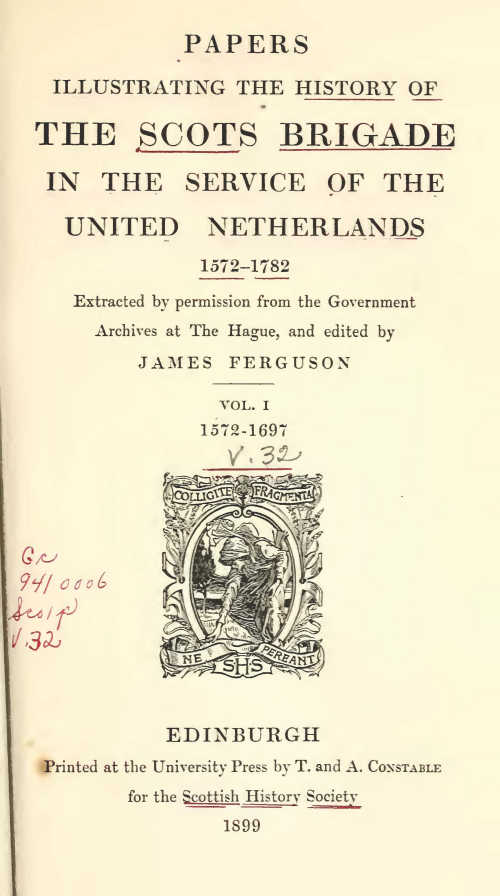Free E-Book: Donald McElroy Scotch Irishman, a novel by W.W.Caldwell, 1918
A short excerpt from this novel by Willie Walker Cadwell...
CHAPTER I
The life story of most men, who have lived earnest and active lives, would doubtless be worth the hearing, if the various influences and the many vicissitudes which compose it could be separated and skillfully rearranged into some well wrought design. As I look back upon my own life, it seems to me full of interest and instruction, yet I suppose not more so than that of many another; wherefore, were personal experiences and conclusions the sum of it, I should hesitate to write them down, lest those events and struggles which to me have seemed notable and significant, should prove in the telling of them to have been but commonplace incidents to which all are liable. Because of the accident of my birth in the year 1754, however, I have lived through a period which will be ever memorable in the history of the world—a period so crowded with worthy deeds and great men, especially on this continent, that there is small danger its interest will be soon exhausted. Do not conclude that I intend to venture upon a tale of the American Revolution; only a master's hand can fill in with due skill and proportion so wide a canvas, and that story waits. Where my own life's story has been entangled with some of the events of that struggle I must touch upon them, and the real purpose of my narrative—which is to chronicle for future generations the noble part played in the great drama of the nation's making by a certain worthy people—will require me to review briefly a few of the battles and campaigns of our war against autocracy.








































